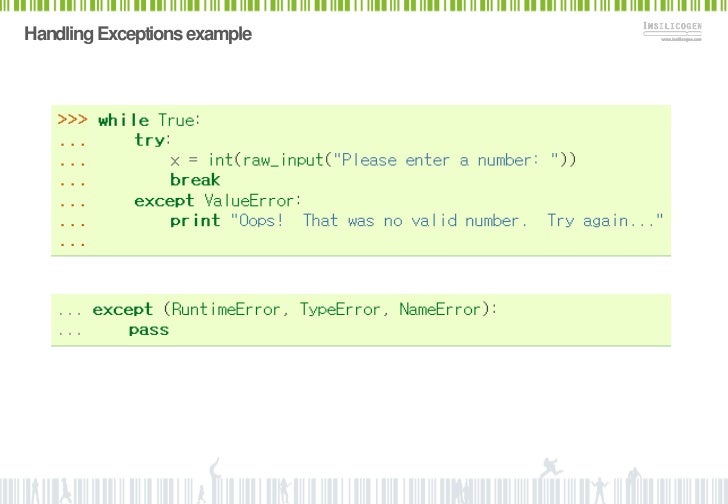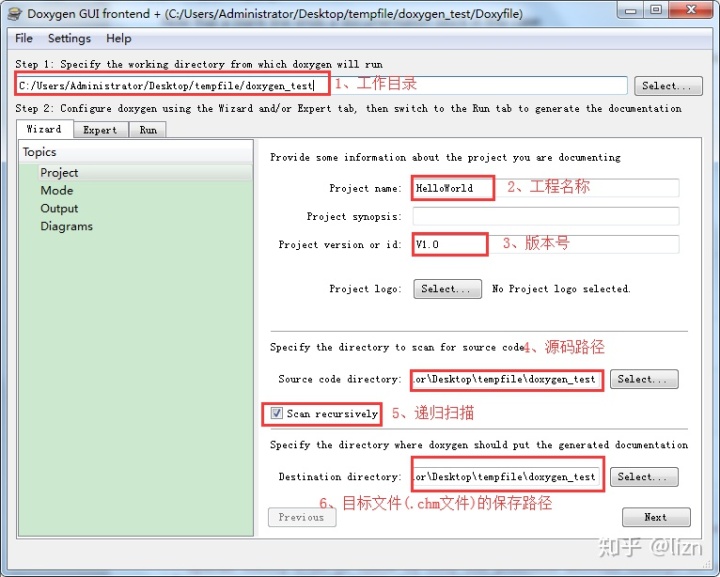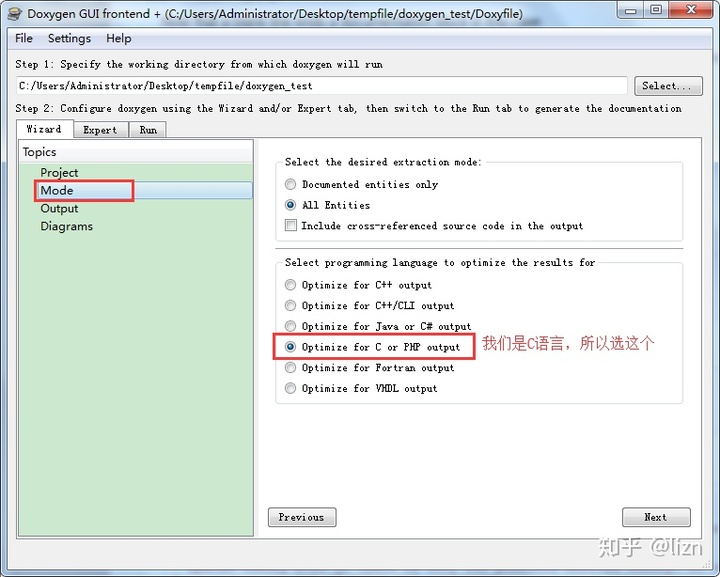
- #Doxygen param type python how to
- #Doxygen param type python install
- #Doxygen param type python software
The following example illustrates this procedure (and note how more than one class can be described in the header): /** Thus, for the documentation of classes, please put the documentation in the file header rather that ahead of the class itself in the file. However, we have to do it differently because of how our files are used to generate output for multiple language bindings. The normal, plain Doxygen way that one would document a class (but we do not do it this way) is to put a comment block immediately in front of the class declaration in the file.

h file will typically have a class declaration in it.
#Doxygen param type python how to
The guidelines presented in this section are oriented towards explaining how to organize code comments such that Doxygen and Javadoc can produce good output, yet simultaneously make the comments in the libSBML code files be readable on their own. In addition, we use various home-grown scripts and programs to massage the output of SWIG to produce something that can be fed to the Doxygen and Javadoc-based processs. We write the documentation in source code and auxiliary files in a way that both Javadoc and Doxygen can process more or less equally, which requires that programmers and documentation authors follow various conventions described in the rest of this document.
#Doxygen param type python software
For almost all languages (C++, C#, C, Python, and others), the cornerstone of the approach is the open-source software tool Doxygen for Java, we use Javadoc instead. LibSBML's application programming interface (API) is documented using a combination of tools. Also you're able define functions's return type, however, this is still optional.This document is a collection of guidelines for libSBML authors to follow when writing documentation for libSBML code. Type definition for function arguments done the same way as for variables. However, you can omit any type definitions. ! type:String This is string variable var b = 'some string value' Ĭode above will transform into: //! This is variable js extension to EXTENSION_MAPPING: EXTENSION_MAPPING = js=C++ĭoxyjs will use var as default variable's type, but you can override it with type. Since Doxygen 1.8.8, you must also add the. js extension to FILE_PATTERNS: FILE_PATTERNS = *.js js extension to the FILTER_PATTERNS: FILTER_PATTERNS = *.js=doxyjsĪdd the. To use doxyjs with Doxygen you must make few changes to your Doxyfile.Īdd the.

List of supported encodings can be found here.

l, -lang output language (en by default)

b, -line-break line break symbol (lf by default) e, -encoding source files encoding (utf8 by default) Printing pseudo C++ representation of Javascript source to standard output: doxyjs -encoding utf8 -line-break lf -lang ru file.jsĬonverts Javascript into psudo C++ for Doxygen You can use doxyjs as standalone CLI tool to generate pseudo C++ code from javascript source files.
#Doxygen param type python install
Install it once globally via npm: npm install -g doxyjs A simple CLI tool for converting Javascript into psudo C++ for Doxygen, inspired by doxyqml.


 0 kommentar(er)
0 kommentar(er)
